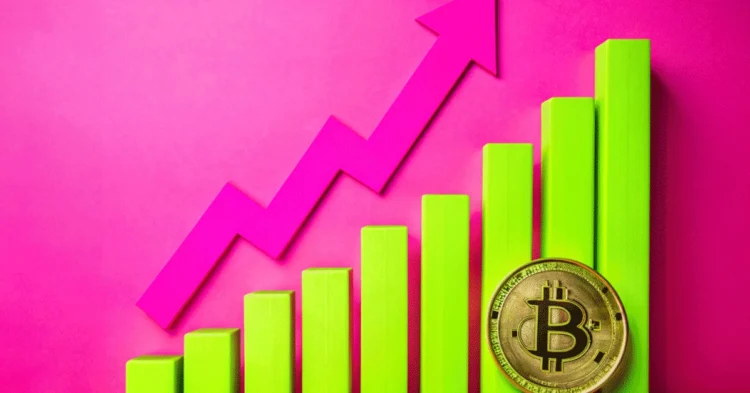Despite the current bearish sentiment surrounding Bitcoin (BTC), the world’s largest cryptocurrency by market capitalization, this trend may be short-lived. On September 17, 2024, the crypto analytic firm CryptoQuant shared insights on X (formerly known as Twitter), highlighting that new whales and Binance traders are taking advantage of the current market conditions by buying the dip significantly.
Whales Buying the Bitcoin Dip
The post on X further revealed that long-standing whales are continuing to hold their BTC. This behavior from both new and old whales suggests market stability and the potential for price growth in the near future.
Recent whale transactions provide additional insights. On September 16, 2024, First Digital Lab moved nearly $80 million FDUSD to Binance, possibly to purchase Bitcoin. If this transaction translates into BTC acquisition, it could trigger a significant price rally. Historically, when the firm transferred $145.5 million FDUSD to Binance, Bitcoin experienced a price increase of over 6.7%, rising from $60,000 to $64,000.
Current Price Momentum
Currently, Bitcoin is trading around $57,800, having seen a decline of over 3% in the past 24 hours. During the same timeframe, its trading volume surged by 125%, according to data from Coinmarketcap. This increase in trading volume indicates higher participation from investors and traders amid the price drop.
Bitcoin Technical Analysis and Key Levels
Expert technical analysis shows that BTC is at a critical support level of $57,500 and is trading below the 200 Exponential Moving Average (EMA) on the daily chart. The 200 EMA serves as an indicator of whether an asset is in an uptrend or downtrend.
Based on historical price patterns, if Bitcoin closes its daily candle below the $57,000 mark, there is a high likelihood of it falling by another 5%, potentially reaching the $54,000 level in the coming days.
Moreover, Bitcoin’s open interest has declined by 2%, suggesting that traders are either liquidating their positions or are hesitant to initiate new positions due to the prevailing high volatility.









